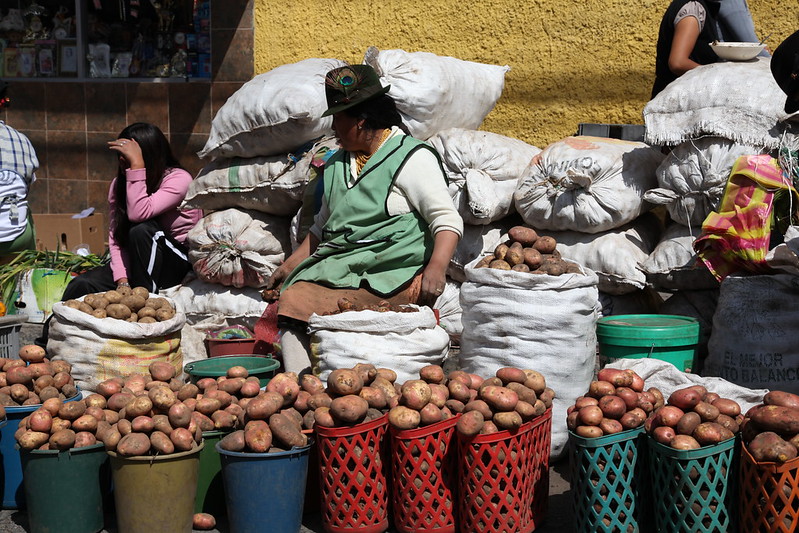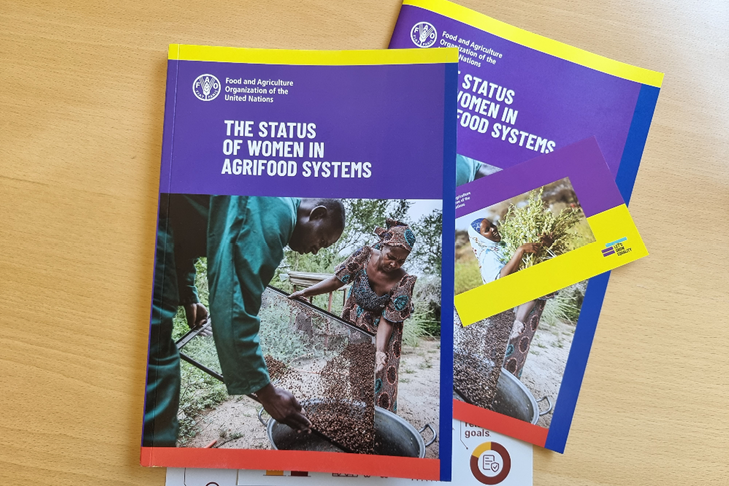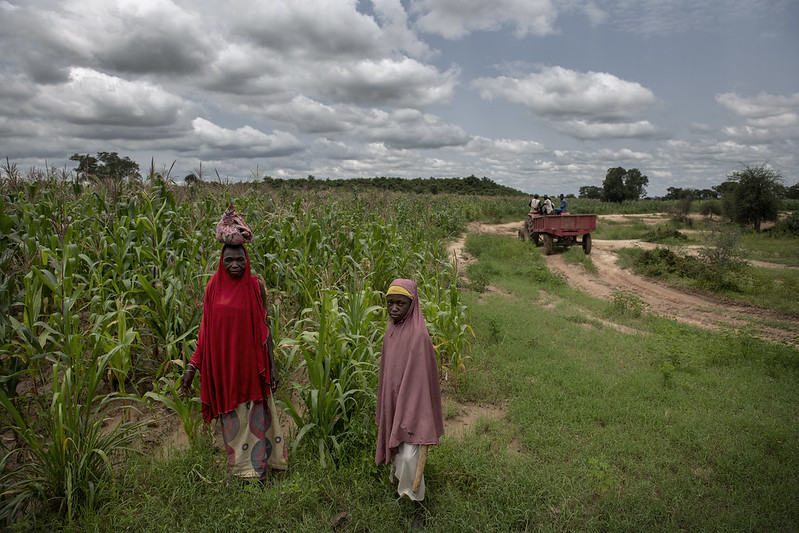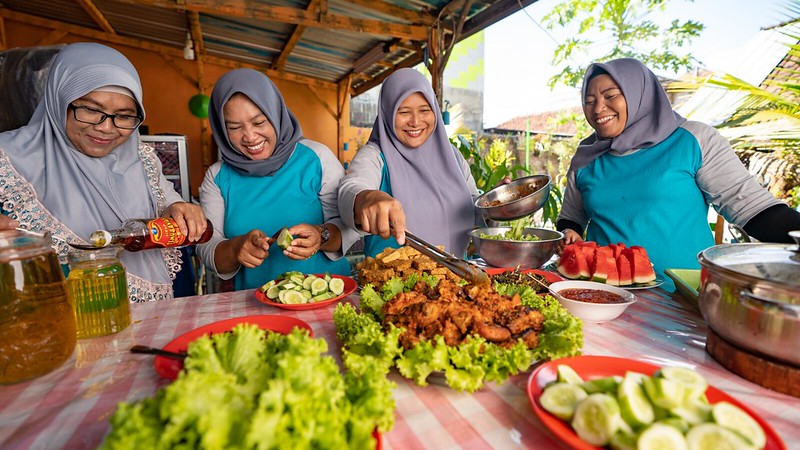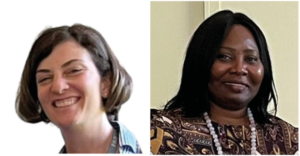
This is an interview piece with Dr. Lauren Philips, FAO’s Deputy Director of Inclusive Rural Transformation and Gender Equality Division, and Tacko Ndiaye, FAO’s Senior Gender Officer, on the FAO The Status of Women in Agrifood Systems report.
In the pursuit of achieving gender equality within agrifood systems, a critical challenge is the need for nuanced and comprehensive sex-, age- and further disaggregated data for other forms of social and economic differentiation. Recently reviewed by SIANI, The Status of Women in Agrifood Systems report by The Food and Agriculture Organization of the United Nations (FAO) identified meticulous application of qualitative and quantitative research to understand what works, and under what conditions, as a critical next step. While progress has been made, we here delve into persisting gaps in data collection, availability, scope, and granularity. Conversations with FAO’s Deputy Director of Inclusive Rural Transformation and Gender Equality Division, Lauren Philips, and Senior Gender Officer, Tacko Ndiaye, emphasise the need for disaggregated data, not only for collection but also informing policies and programmes across scales, and how the gap between policy and practice can be bridged.
The dire need for broad, large-scale, and qualitative gender-disaggregated data
Despite advancements in sex-disaggregated data availability over the past decade, critical gaps persist, noted Dr. Lauren Philips, FAO’s Deputy Director of Inclusive Rural Transformation and Gender Equality Division. While progress has been made, key areas such as access to (agricultural) extension services, women’s involvement in livestock-related activities, and gendered impacts of climate change remain neglected. Most of the available data comes from household surveys. Household surveys, however, while yielding data, do not reveal nuanced gender dynamics and roles, such as fishpond management or poultry care responsibilities.
‘The lack of [disaggregated] data remains a significant problem.’ Lauren Philips, FAO’s Deputy Director of Inclusive Rural Transformation and Gender Equality Division
Dr. Philips highlights a notable absence of data disaggregated by factors like age, Indigenous or disability status, or other forms of marginalisation. It is unclear, for instance, how many African descendants living in Latin America are employed in certain fields, creating significant gaps in our understanding.
The challenge with qualitative data lies in the fact that many of the studies used in the The status of women in agrifood system report to identify effective approaches for promoting gender equality and women’s empowerment were based on small, isolated samples or projects. While Dr. Philips and her team gathered a vast amount of information, ‘it can be difficult to determine if the findings are applicable beyond the specific village or community where the study was conducted.’ This lack of broad qualitative data on impact is a significant problem. Additionally, locating real users of the services proved challenging, which is where Dr Philips believes the strongest evidence is to be found.
